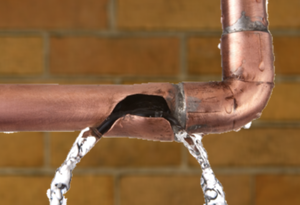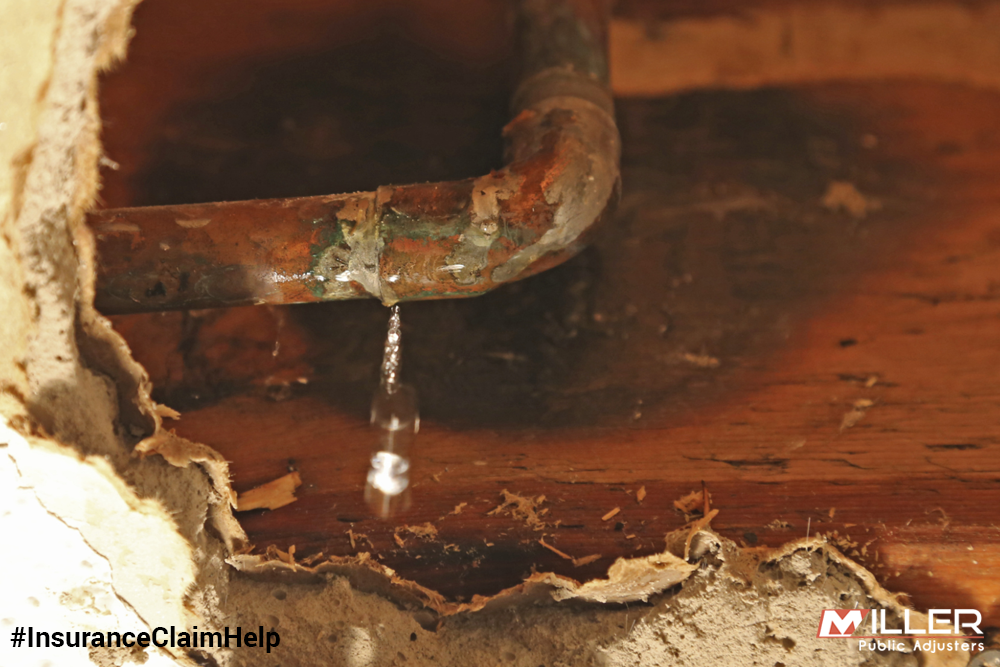Stop the Flood: Techniques for Identifying and also Dealing With Burst Pipes
Stop the Flood: Techniques for Identifying and also Dealing With Burst Pipes
Blog Article
We have discovered this article on How to Prepare for Your Dishwasher Installation down the page on the web and reckoned it made sense to discuss it with you on this site.

A ruptured pipe is a major emergency; you can just stand as you see water you pay dearly to reunite with the earth. In even worse instances, you notice a pool on your cooking area flooring, which is a fantastic trip risk, specifically if you have youngsters around. If the pipe that ruptured was in your wall surfaces, problem: you might require to repaint that whole area.
Just how can a catastrophe like a burst pipe be stopped as well as managed? Well, by paying attention to your professional emergency plumbing technicians as well as adhering to these rules.
Just how do I recognize when my pipelines have ruptured?
Varying water stress
Pipes do not just burst in a day. You may have seen that your kitchen faucet or shower doesn't run promptly when you turn the tap. It might stop briefly for a couple of seconds and after that blast you with even more force than typical.
In other circumstances, the water may appear typical at first, after that drop in stress after a couple of secs.
Wet walls and water stains
Prior to a pipeline ruptureds, it will certainly leakage, many times. If this relentless dripping goes unnoticed, the leakage may graduate into a vast gash in your pipe. One simple method to prevent this emergency is to look out for wet walls ad water spots. These water discolorations will lead you right to the leak.
Puddles under pipes and also sinks
When a pipe bursts, the discharge forms a puddle. It might appear that the puddle is expanding in size, and also despite the amount of times you wipe the puddle, in a couple of minutes, there's another one waiting to be cleaned up. Frequently, you might not have the ability to trace the puddle to any kind of noticeable pipelines. This is an indicator to call an expert plumber.
Untraceable dripping noises
Pipe ruptureds can happen in one of the most undesirable places, like within concrete, inside wall surfaces, or under sinks. When the house goes quiet, you may be able to hear an annoyingly persistent dripping sound. Even after you've inspected your shower head and kitchen tap, the dripping may continue.
Dear viewers, the trickling might be coming from a pipeline inside your walls. There isn't much you can do about that, except inform a specialist plumber.
Shut down the Water
When water freezes, it expands in volume by regarding 9 percent. And also it broadens with significant pressure: The stress inside pipelines may go from 40 pounds per square inch to 40,000 psi! No pipeline can hold that much stress, so it breaks open. The break might take place where the ice types, but regularly, it takes place where water stress finds a weak point in the pipeline. That might be inches and even feet from the frozen location. Discover the water shutoff valve and switch off the water to prevent more damages. You might additionally need to turn off the electrical power also, depending on where the leaks takes place and just how big it is.
Polluted water
Many individuals presume a ruptured pipe is a one-way outlet. Rather the contrary. As water spurts of the hole or gouge in your plumbing system, impurities find their way in.
Your water may be infected from the resource, so if you can, check if your water storage tank has any kind of problems. However, if your alcohol consumption water is provided and also detoxified by the local government, you ought to call your plumber promptly if you see or scent anything amusing in your water.
What do I do when I detect a ruptured pipeline?
Your water meter will continue to run even while your water wastes. To reduce your losses, find the primary controls and turn the supply off. The water pipe are an above-ground framework beside your property.
How to Fix & Detect a Leaking Pipe
How Do I Know if a Pipe is Leaking?
Leak detection tests can help you determine if your pipe has a leak. Even if you don’t see an apparent leak, you should still conduct leak detection tests regularly to save water and money—and prevent major damage to your home.
Water meter. It can be helpful to figure out what your usual water meter usage numbers are and then monitor them regularly. To monitor your meter, first, turn off all water faucets in your home. Check the meter and write down the numbers. In a few hours, check the meter again. If the numbers have changed, you have a leak. Water gauge. Use a water gauge to test your water pressure. Your showerhead should produce a certain amount of water pressure based on its model and design. If the pressure is lower than it is supposed to be for that specific showerhead, your home likely has a leak. Puddles. Look inside your bathroom, laundry, and kitchen sink cabinets. Puddles around the cabinets or around toilets, tubs, showers, and washing machines indicate the presence of a leaking pipe. You may also notice loose tiles, peeling or flaking paint, or mold caused by water accumulation. Napkin test. Even if you don’t see any puddles, you may still have a leak. You can test for water leaks in the bathroom, laundry, and kitchen by wiping below-sink connections with a napkin, paper towel, or piece of toilet paper. If it becomes damp, you probably have a leaking pipe under the sink. Discolored walls. Walls that are discolored—usually with brown or yellow stains—or bulging might mean that they have been impacted by water damage caused by a leaking pipe. Smell. A leaky pipe will create sitting water, and over time, that water may develop a musty smell. If your home smells musty, but you can’t locate the source, it may be due to a leak. Steps for Fixing a Leaking Pipe
A leaky drain can be remedied by tightening the pipe base, replacing the drain seal, caulking the rim, and tightening the pipe nut. Similarly, a leaking toilet pipe can be treated by tightening the packing nut. You may also need to replace the valve. A leaky faucet may just need tightening or replacement of the washers. If that doesn’t work, consider replacing your faucet. If your pipe has a hole in it, you may want to use a pipe leak sealer or pipe leak tape. This quick fix for water pipe leaks can also temporarily fix a copper pipe leak. https://www.ahs.com/home-matters/quick-tips/how-to-tell-if-pipes-are-leaking/

I found that post on How to install a dishwasher safely while exploring the search engines. You should take a moment to promote this write-up if you enjoyed reading it. I thank you for reading our article about How to Prepare for Your Dishwasher Installation.
Schedule Appointment
Report this page